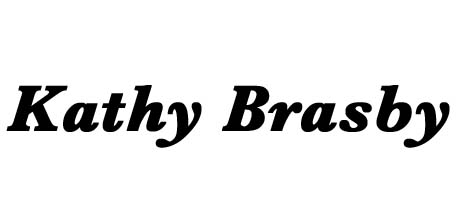My first computer was an Apple II and I sprung for the newest innovation: two disk drives. In those days, there were no hard drives and, in a sense, saving data was simpler.
Your program was one disk and the data on the second. It was easy to save a file to yet a third data disk because we all understood that a document stored on a sheet of plastic was less secure than one saved in a file folder beside one’s desk.
Saving documents has not gotten easier with the addition of hard drives and flash drives. They can fail, too, and we’re forced to do multiple backups to secure valuable files.
Backups have gotten easier now that many of us use multiple devices to write. I am writing this post on an iMac but could be composing on my laptop instead. Or even my smartphone. I’m writing in Evernote, which means this document will be synchronized to the Evernote site on the internet so that I can read it on my desktop, my laptop or my smartphone.
Even if my hard drive crashes, this document is secure.
There are a number of synchronization programs available which, although they are designed to allow me to access documents from different devices, also archive the files on the internet as well.
I’ve discussed some of them before in this post but let me review them:
Evernote – I can set up any number of notebooks (think folders) and then place notes within the notebook. Not only does Evernote contain my own writings, but I can clip articles on the internet and save them in Evernote. I can even forward emails with pertinent information to Evernote. This is a nice synchronization tool and one which also backs up my information on the internet. I can access it there from any computer simply by signing in to my account.
Dropbox – Dropbox appears in a folder on my desktop and I save files to the sub-folders. I can check out those folders from any device that’s signed into my Dropbox account.
Sugar Synch – similar to Dropbox and I haven’t used it as much but it also allows synchronization and access from many devices.
Google Drive – this is a new player and an interesting one, since Google Drive accesses Google docs if you have a Google account. Not only can you store documents, you can create them through Google Drive. Google offers word processing and a spreadsheet as well as email address. Google Drive, when installed on my desktop, looks just like a another storage unit.
There are more of these but the key is to consider both synchronization and backup. The synchronization across devices only works when the device can access the internet but that gets easier and easier as wi-fi is more common at many businesses.
Do you use a synchronization program? Have you written on the cloud?
